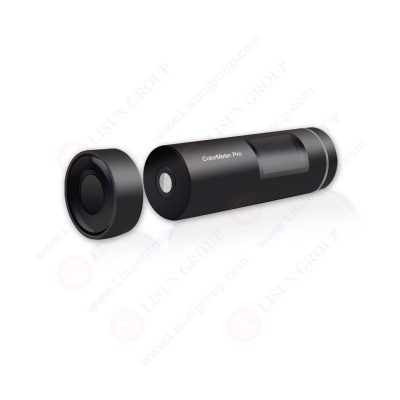
The pursuit of beauty by humans will not change over time. Nowadays, this pursuit is reflected in various aspects of life, and the most common one is the “practical art” of makeup.
Based on this, the competition in the cosmetics industry is quite fierce. In order to capture customer requirements and showcase their creativity, the color of cosmetics is one of its intuitive and important evaluation criteria.
So the application of Chroma Meters in this industry is not something unexpected. Chroma Meters provide fast, accurate, and high-end solutions for controlling color quality. In order to develop visual characteristics that distinguish them from other products and make them more attractive to consumers in the fiercely competitive cosmetics industry, color design and application have been abandoned.
The color industry has summarized the “7-second law”, which means that consumers will determine their purchase intention within 7 seconds. So being able to grasp these 7 seconds is the appearance and color of the product, and the importance of controlling both is self-evident.
The early cosmetics industry is not well prepared for the problems faced by the color era, and has suffered many losses in color management. It can be said that many companies should be constrained by the bottleneck problem of color management in their development. But nowadays, color detection and control equipment and software are very complete. In cosmetics, color control, determination, and ensuring color consistency between batches no longer consume a lot of manpower, material resources, and time as before.
The cosmetics on the market are constantly emerging in terms of shape, form, and variety. Solid, powder, paste, liquid, and so on, using the same color difference meter for measurement poses very important technical and functional requirements.
We know that precision instruments such as colorimeters have many small parts that are damp and may cause damage to the internal parts. Therefore, it is not possible to directly measure creamy objects and liquids. In addition, the powder shape is irregular, and some cosmetics’ solids can also lose color and contaminate the aperture. Therefore, there are many details and methods to pay attention to when measuring cosmetics.
Most cosmetic colors are generated by reflection of light, such as eye shadow, lipstick, nail polish, etc. When white light shines on the surface of the product, the pigments in cosmetics will absorb the corresponding wavelength of white light and emit the remaining color light. When the remaining color light enters the eyes, it will stimulate the corresponding visual nerves, and we will produce the corresponding color sensation.
For the testing of such products, the reflection measurement position of the spectrophotometer should be selected for testing. During measurement, the light emitted by the instrument’s light source is scattered multiple times by the integrating sphere, and then shines on the surface of the tested sample. The light reflected from the sample surface is received by the instrument’s receiver, generating corresponding optical signals and converting them into electrical signals for computer processing to obtain color data.
What is Portable Colorimeter/Chroma Meter?
Portable Colorimeter/Chroma Meter is an innovation color measuring tool with powerful configuration to make color measurement easier and more professional; It support Bluetooth to connect with Android and ISO devices, Portable Colorimeter/Chroma Meter will take you into a new world of color management; It can be widely used to measure color value, color difference value and find similar color from color cards for printing industry, paint industry, textile industry, etc.
CD-320PRO_Portable Colorimeter/Chroma Meter
https://www.lisungroup.com/news/technology-news/the-application-of-chroma-meter-in-the-cosmetics-industry.html


Comments
Post a Comment